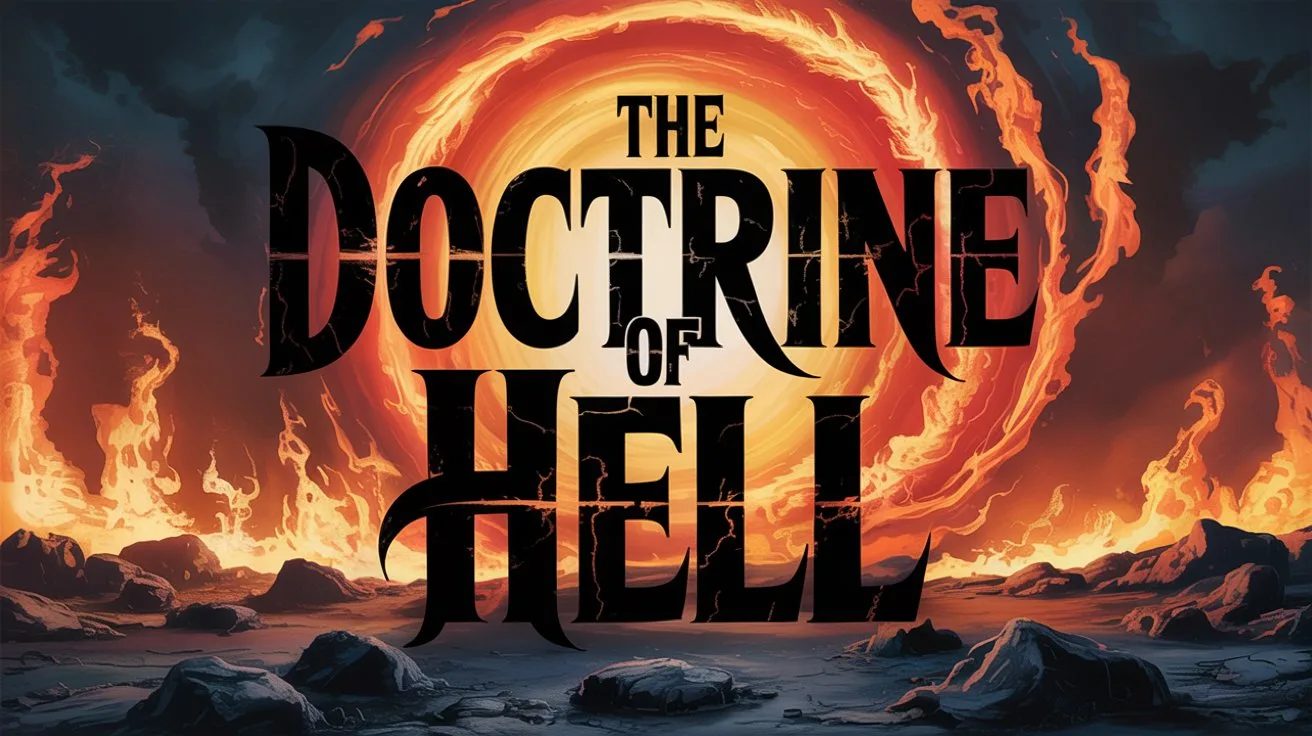The abomination of desolation is a prophetic event where a detestable act occurs in the holy place, defiling it and signaling a major turning point in end-times events. This phrase is first used in Daniel and later referenced by Jesus in the Gospels.
Daniel 9:27 speaks of a future ruler:
“Then he shall confirm a covenant with many for one week; but in the middle of the week he shall bring an end to sacrifice and offering. And on the wing of abominations shall be one who makes desolate…”
Jesus refers to this prophecy in Matthew 24:15:
“Therefore when you see the ‘abomination of desolation,’ spoken of by Daniel the prophet, standing in the holy place… then let those who are in Judea flee to the mountains.”
This event occurs during the Great Tribulation and involves the Antichrist desecrating a rebuilt temple in Jerusalem. He will break his covenant with Israel, stop temple sacrifices, and set himself up to be worshiped as God (2 Thessalonians 2:4).
The original abomination of desolation had a partial fulfillment in 167 BC when Antiochus IV Epiphanes desecrated the temple by offering a pig on the altar and setting up an idol of Zeus. However, Jesus’ words point to a future fulfillment, not just a past event.
Revelation 13 parallels this when the false prophet sets up an image of the beast and demands worship:
“He was granted power to give breath to the image of the beast… and cause as many as would not worship the image of the beast to be killed.” (Revelation 13:15)
This defilement of the temple triggers the last half of the tribulation, also called the time of Jacob’s trouble. It marks the beginning of intense persecution and God’s final judgments.
The abomination of desolation is not symbolic, it is a literal, future act of blasphemy committed by the Antichrist in a physical temple in Jerusalem.







